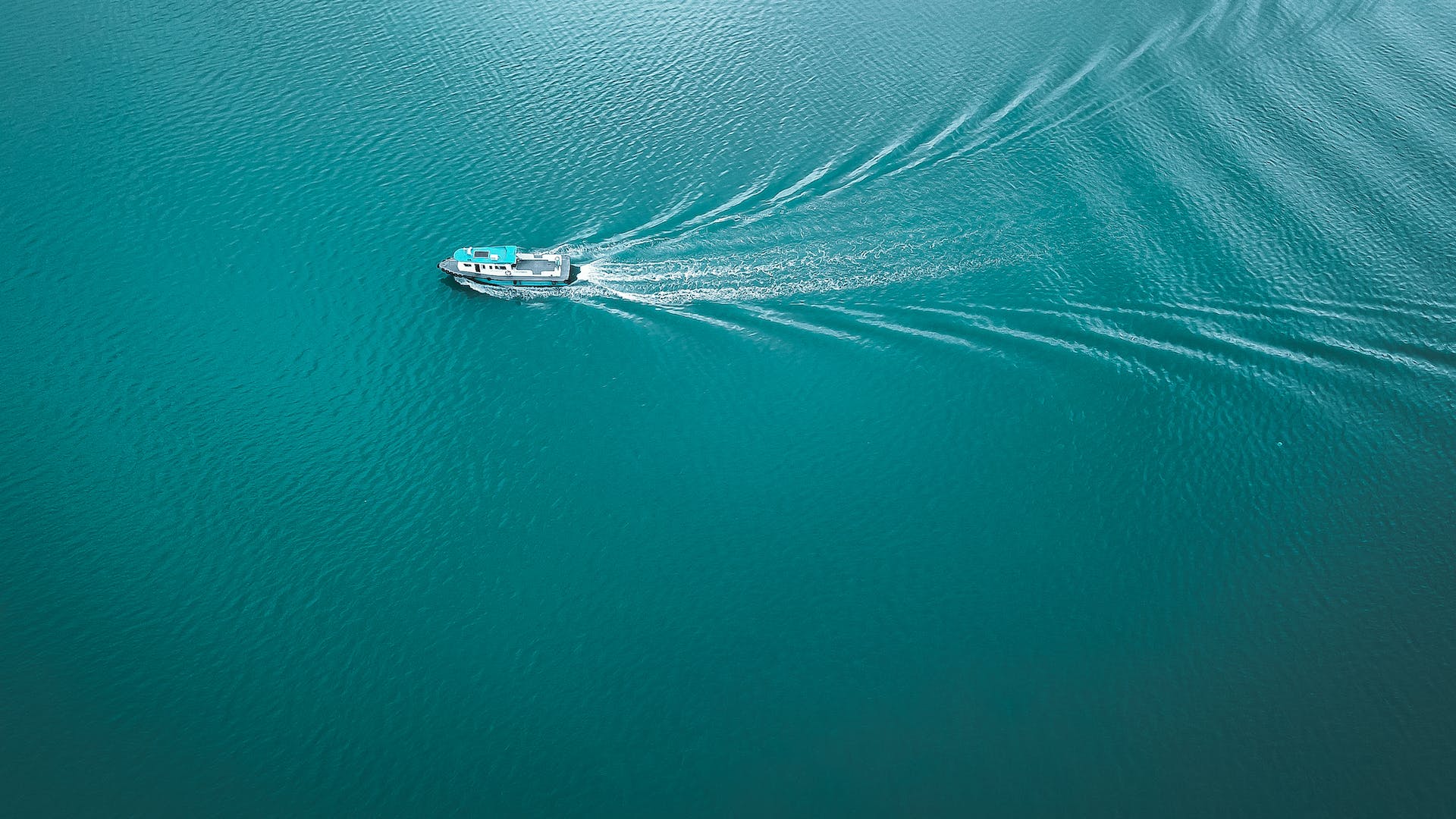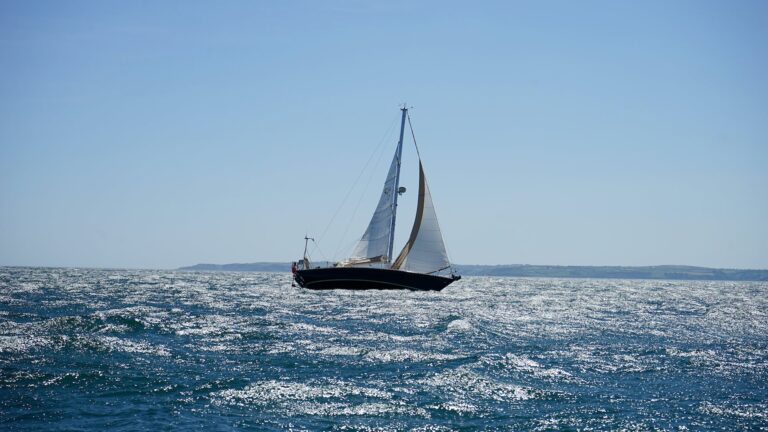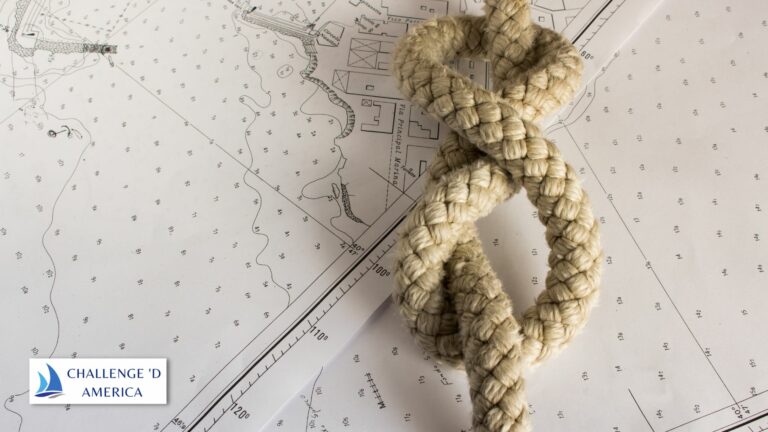What Wind Speed Is Too Fast For Sailing?
Sailing is an enjoyable activity that can take you out on the open water, where you can experience breathtaking views and create fun memories with loved ones or friends.
However, there are certain conditions that can make sailing unsafe and put yourself, your boat, and other sailors at risk of harm or destruction.
Knowing when it is too windy to sail can help you stay safe while still having a good time out on the water.
What Is Wind Speed?
Wind speed is the measurement of how fast air particles move past a certain point in a given period of time and is measured in knots or kilometers per hour (km/h).
It’s important to have an understanding of wind speed when sailing because strong gusts can cause boats to become unstable, which could lead to capsizing or collisions with other vessels and objects in the water.
What Is Knots?
Knots are a unit of speed that measure nautical miles per hour (nm/h). A nautical mile is equivalent to 1.15 land miles, so one knot is equal to 1.15 mph or 1.85 km/h.
What Is Too Windy for Sailing?
Generally speaking, anything over 20 knots (23 mph or 37 km/h) can be too much for many sailors, especially if they’re in a gusty area with frequent strong winds that create choppy waters or whitecaps on the surface of the sea or lake they’re sailing on.
More experienced sailors may want to head out in up to 25 knots (gusting 30-32) but should always be careful when doing so as these conditions present higher risks than those at lower speeds and require more skill and knowledge to navigate safely through them without capsizing or damaging the boat itself due to strong gusts of wind pushing against it from different angles or directions at once.
Determining Wind Speed on the Water
Sailors need to be able to determine what the wind speed is before getting out on the water in order to decide whether it’s safe for them go sailing that day or not, there are various ways of doing this such as using an anemometer (a device that measures wind speed), observing flags and other weather markers set up near marinas and yacht clubs, listening for reports from other sailors nearby etc.,
But another way which requires no tools whatsoever is by simply looking at how high waves are on the surface of the water – if they’re more than 10cm tall then chances are it’s too windy out there already!
Adverse Conditions for Sailing
It’s important not only to be aware of what wind speed is considered too fast but also what other adverse conditions may make it dangerous or impossible for you as a sailor, these include heavy rain or storms which could reduce visibility significantly thus making it harder to navigate your way around any obstacles such as rocks, other boats etc.,
High tides which might make some places unnavigable due to shallow waters etc., strong currents which could push your boat off course quickly if not prepared properly etc.. All these factors should be taken into consideration before heading out onto open waters!
How To Calculate Knots?
To calculate knots from mph (miles per hour) simply multiply by 1.15, so if you measure 15 mph then that would equal 17 knots (15 x 1.15 = 17). Likewise when calculating from km/h (kilometers per hour) multiply by 0.53, so if your reading says 35 km/h then that would equate 18 knots (35 x 0.53 = 18).
Factors To Consider When Sailing In High Winds:
When sailing in higher winds it’s important not only know how much force they’re exerting on your boat but also what kind of effects they may have, these include increased waves and chop which can make controlling your boat more difficult as well as reduce visibility due to spray coming off the surface of the water, stronger gusts pushing your boat off course etc..
Of course, depending on where you’re sailing some areas may have more extreme weather conditions than others such as stronger currents, bigger waves etc., all these should also be taken into account when deciding whether it’s safe for you go out onto open waters with higher winds blowing too!
Safety Measures For Sailing In High Winds:
When sailing with higher winds blowing it’s important take certain safety measures before heading out onto open waters, these include making sure all sails are properly secured so they won’t come undone during gusts and cause any damage, checking all lines are tied down securely so they don’t get tangled up during choppy seas or strong gusts etc.
Additionally, wearing protective gear such as life jackets will help keep you safe should anything go wrong while out there, ensuring everyone onboard has their own means of communication such as radios, cell phones etc., will also help them stay connected should anyone get separated during rough seas!
Strategies For Reducing Risk When Sailing In High Winds:
Having strategies in place beforehand can help reduce risk when sailing with higher winds blowing, these include never going solo – always have someone else onboard who knows how handle a sailboat just case something goes wrong while out there , avoiding areas where currents may be stronger than usual e .g . close proximity bodies land , keeping an eye on weather forecasts before setting sail etc .
Additionally , having emergency plans ready just incase something does go wrong will keep everyone calm when faced with unexpected situations .
Conclusion:
Sailing can be a great way spend time outdoors with friends family , however high winds blowing pose greater risks than those lower speeds .
Knowing when it’s too windy sail by understanding what wind speed considered too fast , determining actual speeds through various methods , being aware adverse conditions , taking safety measures while onboard , having strategies place reduce risk , all essential steps ensure everyone returns home safely after their adventures sea !







